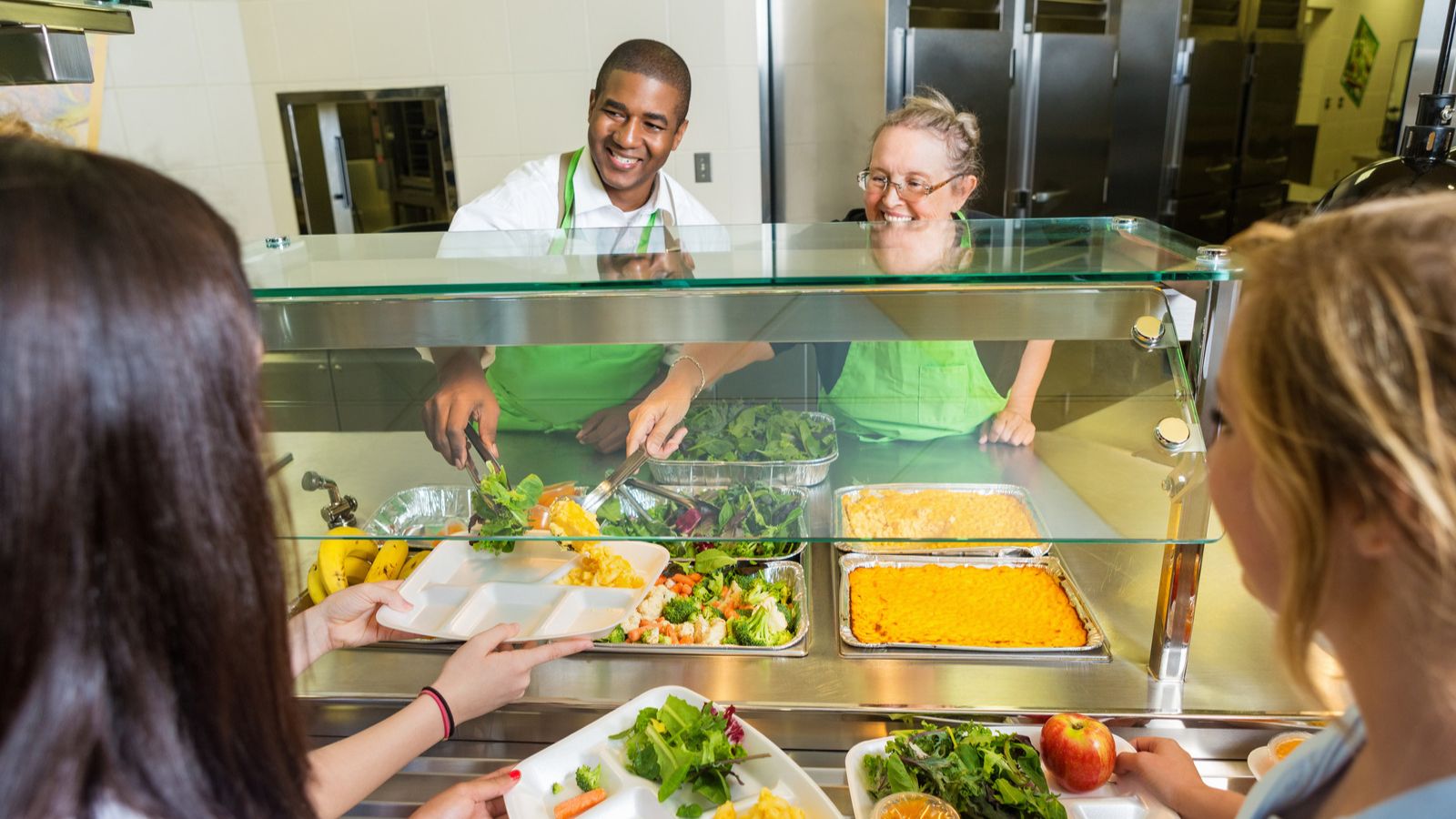Cold Storage Solutions for K-12 School Foodservice

Building a Foundation for Success with Cold Storage Solutions from Thermo-Kool
Cold storage is the backbone of every successful school nutrition program, helping directors solve challenges like tightening budgets, persistent staffing shortages, and increasingly complex menu requirements. The right refrigeration strategy doesn't just preserve ingredients. It can help solve these challenges.
Thermo-Kool's integrated approach combines walk-in coolers and freezers with blast chilling technology to address the daily practical realities school kitchens face. These solutions enable batch cooking, enhance food safety, reduce waste, and help your stretched staff work smarter.
For nutrition directors navigating the delicate balance between nutritional excellence and operational constraints, comprehensive cold storage provides the foundation upon which everything else builds. We hope this cold storage resource page for K-12 school foodservice is the foundation to those foundations.
Does your refrigeration make the grade? Start with Thermo-Kool.
Table of Contents
Walk-In Coolers & Freezers for Schools

Cold storage forms the bedrock of successful school nutrition programs. Every kitchen director understands the fundamental need for reliable refrigeration that keeps ingredients safe, fresh, and ready to serve. Yet the reality in many districts involves working with less-than-ideal setups. Space constraints, stretched staff, and multiple service models across locations all demand thoughtful cold storage solutions that can transform operational challenges.
Thermo-Kool's walk-in coolers and freezers address these everyday kitchen realities. They're designed to adapt to your existing footprint rather than forcing kitchen redesigns. Their high-efficiency insulation and refrigeration systems reduce spoilage, support HACCP compliance, and maintain food safety throughout busy service windows. For districts focused on utility savings, Energy Star-compliant options deliver meaningful cost reductions. Because school kitchens vary widely, each unit arrives customized to integrate seamlessly into your space, whether you're renovating aging facilities or building new ones.
Reliable cold storage protects more than just ingredients. It safeguards your entire program. When combined with blast chilling technology, it enables batch cooking strategies, overnight preparation, and significant waste reduction. For nutrition directors balancing shrinking budgets against rising expectations, smart refrigeration becomes another tool for delivering excellence in school meals.
Related Content
- Integrating Advanced Technologies in K-12 School Walk-In Coolers
- Keeping K-12 Cafeterias Safe with Thermo-Kool Walk-ins
- Maximize Labor Savings in School Foodservice
Saving Labor in School Cafeterias

Labor is one of the biggest challenges in foodservice. Though that's a more recent occurrence for many foodservice operations, staffing shortages have been quite common in school cafeterias for years. The reality is tight school nutrition budgets can lead to lower wages, and when other types of establishments offer more money, it leaves potential staff headed to higher-paying jobs. School nutrition staff are heroes, and we're grateful for everything they do to help keep America's children nourished and prepared for learning. The reality, though, is there's often not enough of them, leaving directors with challenges.
Solving those challenges can mean developing new processes to enhance efficiency. It can mean leveraging innovations in foodservice equipment and supplies to make work easier for existing staff. And it can mean thinking outside of traditional school foodservice in search of the school cafeteria of the future.
The resources below help address labor challenges in our schools.
Related Content
- How Blast Chillers and Shock Freezers Can Help School Cafeterias Be More Productive
- 5 Easy Tips To Keep Your Walk-In Cooler or Freezer Clean
- The Best Refrigeration Maintenance Tips for Summer
- How Blast Chillers Can Help During Labor Shortages
Feeding Students Without Breaking the Budget

School foodservice ultimately depends on money. Each director needs to develop a critical calculation to determine how much a district can spend to deliver a single school lunch. There are many factors to this formula, of course, but it ultimately comes down to money.
In many cases, it's easier for school nutrition directors and staff to figure out ways to save money rather than try to get bigger budgets from the district. Simply put, saving is easier to control and often more reliable. The good news is there are many foodservice factors to consider when it comes to saving, from reducing food waste to using equipment innovations that will lower utility spend.
The resources below help address how school nutrition directors can save money in school cafeterias.
Related Content
- Ways to Reduce Food Waste in Schools
- The Impacts of the Covid Pandemic on Food Waste
- How a Blast Chiller Can Help Reduce Food Waste
- How Your School Can Save Money with a Reach-In Blast Chiller
- Why A Longer Shelf Life For Food Will Save Money
- What to Look for When Purchasing A Walk-in Cooler
Create a Better Menu with Less

How much does it cost to produce a single school lunch? As we mentioned, this is the critical financial formula that school nutrition directors must figure out when delivering for an entire district, but it's not the only formula to consider.
In order for a district to operate effectively, it's important to garner as much student participation as possible. Full-paying students will ultimately help subsidize those who fall into the category of food insecure, so directors and school nutrition staff must create quality menu items day in, day out in order to encourage participation. The second formula is how one can create a better menu with fewer resources.
The posts below will help shed some light on this factor.
Related Content
Design Simplicity at Your Fingertips
Thermo-Kool makes the design process efficient and straightforward. Check out the following blogs and try our walk-in configurator.
Related Content
Design Made Simple with Thermo-Kool 3D Configurator
Augmented Reality Meets Precision Design
Redefining Cold Storage Design
Try the 3D Configurator Tool
Is a Blast Chiller Right for Me?
Take the interactive quiz to find out.
Ready to Talk More?
Find your local Thermo-Kool expert using our Sales Rep Locator.
